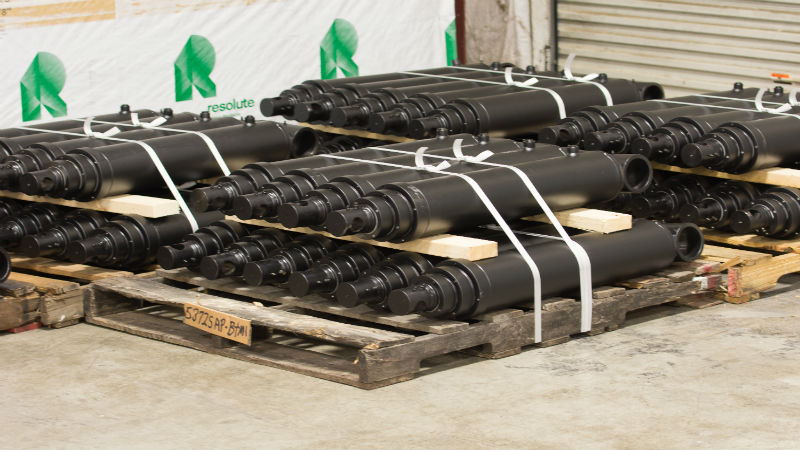When choosing hydraulic cylinders, there are two basic options to consider. These include welded hydraulic cylinders and tie-rod cylinders. Both are good options for a variety of different applications, but there are some differences to consider which will make one a better choice over the other.
The Basic Differences
Both types of hydraulic cylinders serve as mechanical actuators, moving in one direction to provide a force to move a load. This unidirectional force can be used to lift or push a load up or forward, as well as to allow it to move back or down when the pressure on the cylinder is released or reversed.
All tie-rod cylinders are manufactured using rods to hold the end caps in place and to form the attachment of both ends to hold the cylinder barrel. The tie rods are made from a high-strength type of metal or alloy, and there can be four tie rods or as many as needed to offset the pressure required to move a given load capacity.
With welded hydraulic cylinders, there are no external or internal tie rods. Instead, the end caps are welded to the cylinder barrel. In addition, the ports are also welded to the barrel, giving a streamlined profile and allowing a smaller requirement for space with regards to installation.
Durability and Capacity
When it comes to maintenance and capacity for hydraulic cylinders, the welded hydraulic cylinders offer a distinct advantage. They are designed for heavier load capacity and, with their streamlined design, they do not have the bulk that would be required for the same capacity in a tie-rod cylinder.
Maintenance of the welded cylinders is less than tie-rod cylinders. With the welded body, the seals and the piston rod assembly can be removed and maintained or serviced with limited downtime, which is always an important long-term benefit to consider.



